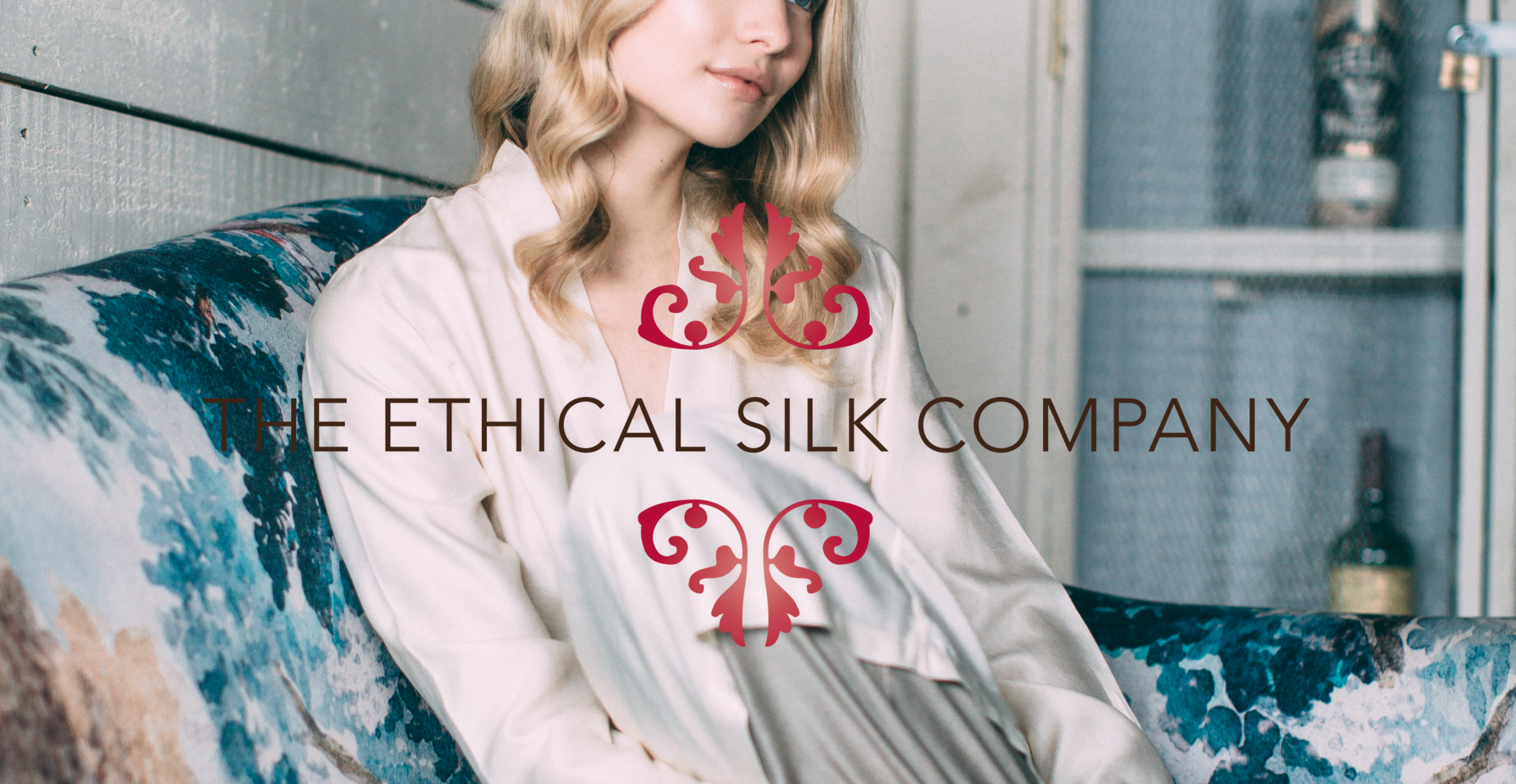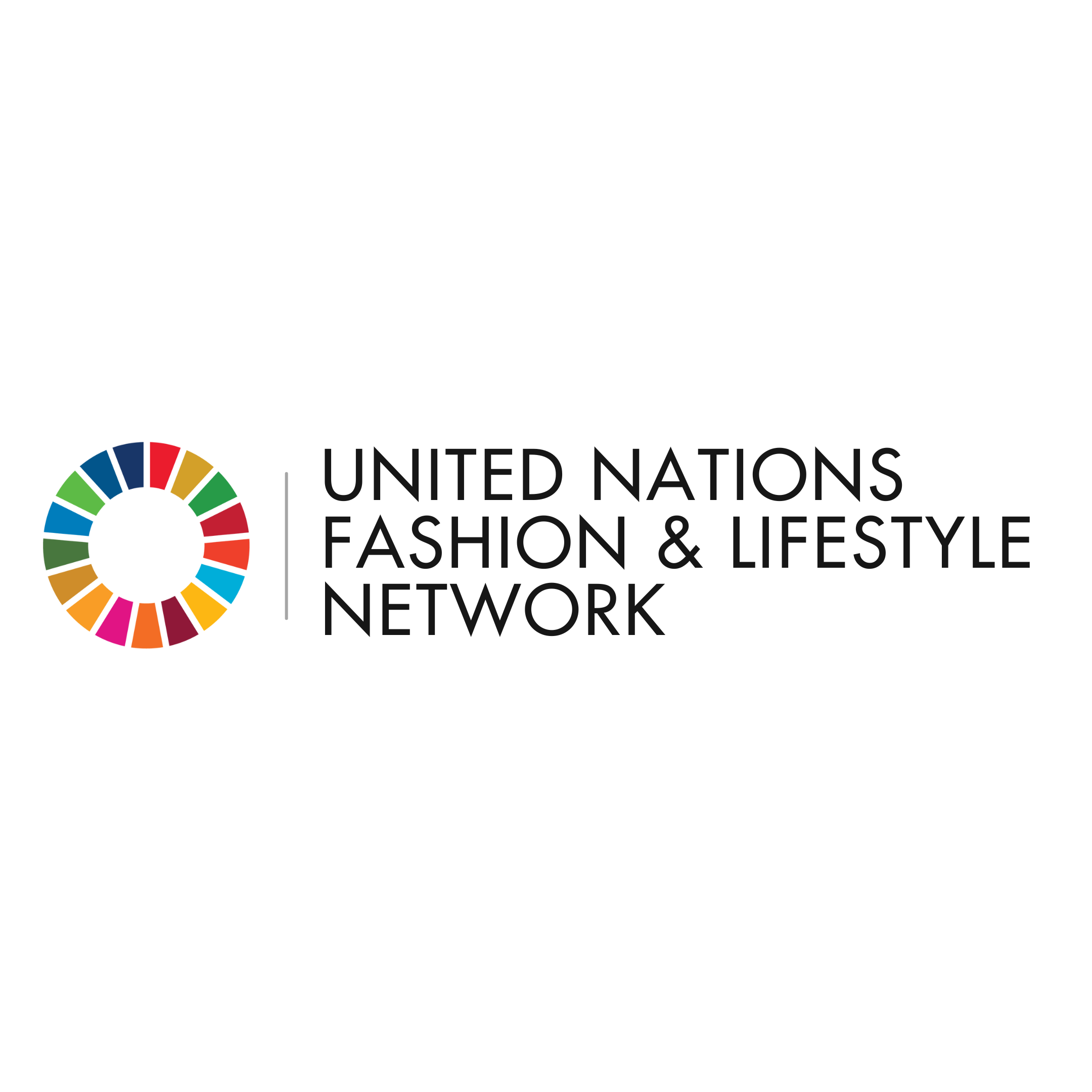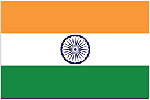The Ethical Silk Company
The Ethical Silk Company
(
Private sector
)
#SDGAction56234
Description
The Ethical Silk Company produces luxury sleepwear, loungewear, bedding, accessories and clothing from cruelty free Mulberry Silk. Breaking down the components of our production and philosophy: HIGHLY SKILLED, ETHICAL TAILORING It is essential that our products are tailored in a principled manner, the alternative is just not an option for us. Committed to always using ethical tailoring units, The Ethical Silk Company products are designed in Ireland and made in a Fairtrade tailoring unit Mehera Shaw, located in Jaipur, India. By partnering with Fairtrade units, we, and our customers can have peace of mind in all aspects of the production of our collections. We limit each print to short runs and repeat runs when demand dictates. Careful pattern placement minimises wastage during production and any older stock is repurposed into smaller items so each piece of silk is carefully utilised. Mehera Shaw is a sustainable production unit based on a business philosophy that puts the human factor first. Its production unit in Jaipur follows Fairtrade standards in relation to employee and environmental practices. THE ART OF BLOCK PRINTING AND WEAVING Our printed collections are also printed by hand at Mehera Shaw. Block printing is a centuries old tradition and heritage craft of India, passed down from generation to generation. Using simple tools, age-old techniques and years of experience, the designs are traced onto teak wood blocks and carved by hand. The blocks are then dipped in dye and the pattern is stamped onto the silk, by hand, one at a time. Our wonderful Weavers based in Bengaluru in southern India, use dyes that are low impact, AZO* free dyes. All water used is treated and recycled with a water filtration system that removes the dye residue, meaning the wash water can be recycled and reused for fabric washing. This is combined with a rainwater catchment system at the printing unit at Mehera Shaw to reduce water use. Slight variations in colour and patterns are characteristic of block printing, demonstrating the truly hand-made nature and unique beauty of each piece. *AZO dyes are widely used in the textiles industry and are known to contain harmful, toxic and possibly carcinogenic compounds. Their use is often regulated from country to country. SLOW FASHION We are only able to block print the silk at certain times of the year, as it must be dried outside in the fresh air, as drying indoors would mean that there is a strong chance of the fabric gathering mould. This means that the process can’t happen during the heavy rains of the monsoon periods in India from June to September, so, we have a limited time to produce our beautiful prints. Of course, silk production can’t be hurried either and, as a natural fabric, it is ready when it is ready. If the moths are a little late hatching, then we must wait for them! Our brand is almost the opposite of fast fashion. We believe that in fashion, no one should lose out. Any other form of production is not an option for us. This is our passion.
We are a female led organisation. A group of 4 women own and run the company. Our backgrounds are diverse. We range from Grandmothers, to raising a young family. Our philosophy as a team is to ensure that we support each other and enjoy our work. We are passionate about equality and ethical production, as well as the joy that a beautiful item of clothing can bring to a person. 2 of our directors also run a UK based Social Enterprise that provides women in India with an opportunity to earn a fair income through the making and selling of clothing and homeware. It runs on a community production method.
As a fashion house, we of course want to make a profit but we will not do this at the cost of others and the environment. In terms of evaluation, we do keep in close contact with our production house and are confident that they have their employees best interests at the centre of the business. We are informed when the team at our production house are given their annual pay rise and have no influence on the amount or the decision. To clarify, we do not put pressure on the house to not give a pay rise that might then go on to affect our profits. We build this into our pricing model and back these pay rises wholeheartedly. We visit our suppliers at least annually.
Our products are made by World Fair Trade Organization endorsed production house, Mehera Shaw. https://meherashaw.com/pages/about-us Our cruelty free Mulberry Silk is farmed by Rajaiah Kusuma - who patented Ahimsa Silk. https://theorganicmagazine.com/editors-pick/rajaiah-kusuma-meet-the-ahimsa-silk-man/ We are sure of our supply chain, have visited and have very good relationships with all involved in the supply chain and are regularly in contact.
SDGS & Targets
Goal 1
End poverty in all its forms everywhere
1.1
By 2030, eradicate extreme poverty for all people everywhere, currently measured as people living on less than $1.25 a day
1.1.1
Proportion of the population living below the international poverty line by sex, age, employment status and geographical location (urban/rural)
1.2
By 2030, reduce at least by half the proportion of men, women and children of all ages living in poverty in all its dimensions according to national definitions
1.2.1
Proportion of population living below the national poverty line, by sex and age
1.2.2
Proportion of men, women and children of all ages living in poverty in all its dimensions according to national definitions
1.3
Implement nationally appropriate social protection systems and measures for all, including floors, and by 2030 achieve substantial coverage of the poor and the vulnerable
1.3.1
Proportion of population covered by social protection floors/systems, by sex, distinguishing children, unemployed persons, older persons, persons with disabilities, pregnant women, newborns, work-injury victims and the poor and the vulnerable
1.4
By 2030, ensure that all men and women, in particular the poor and the vulnerable, have equal rights to economic resources, as well as access to basic services, ownership and control over land and other forms of property, inheritance, natural resources, appropriate new technology and financial services, including microfinance
1.4.1
Proportion of population living in households with access to basic services
1.4.2
Proportion of total adult population with secure tenure rights to land, (a) with legally recognized documentation, and (b) who perceive their rights to land as secure, by sex and by type of tenure
1.5
By 2030, build the resilience of the poor and those in vulnerable situations and reduce their exposure and vulnerability to climate-related extreme events and other economic, social and environmental shocks and disasters
1.5.1
Number of deaths, missing persons and directly affected persons attributed to disasters per 100,000 population
1.5.2
Direct economic loss attributed to disasters in relation to global gross domestic product (GDP)
1.5.3
Number of countries that adopt and implement national disaster risk reduction strategies in line with the Sendai Framework for Disaster Risk Reduction 2015-2030
1.5.4
Proportion of local governments that adopt and implement local disaster risk reduction strategies in line with national disaster risk reduction strategies
1.a
Ensure significant mobilization of resources from a variety of sources, including through enhanced development cooperation, in order to provide adequate and predictable means for developing countries, in particular least developed countries, to implement programmes and policies to end poverty in all its dimensions
1.a.1
Total official development assistance grants from all donors that focus on poverty reduction as a share of the recipient country's gross national income
1.a.2
Proportion of total government spending on essential services (education, health and social protection)
1.b
Create sound policy frameworks at the national, regional and international levels, based on pro-poor and gender-sensitive development strategies, to support accelerated investment in poverty eradication actions
1.b.1
Pro-poor public social spending
Goal 8
Promote sustained, inclusive and sustainable economic growth, full and productive employment and decent work for all
8.1
8.1.1
Annual growth rate of real GDP per capita
8.2
Achieve higher levels of economic productivity through diversification, technological upgrading and innovation, including through a focus on high-value added and labour-intensive sectors
8.2.1
Annual growth rate of real GDP per employed person
8.3
Promote development-oriented policies that support productive activities, decent job creation, entrepreneurship, creativity and innovation, and encourage the formalization and growth of micro-, small- and medium-sized enterprises, including through access to financial services
8.3.1
Proportion of informal employment in total employment, by sector and sex
8.4
Improve progressively, through 2030, global resource efficiency in consumption and production and endeavour to decouple economic growth from environmental degradation, in accordance with the 10-Year Framework of Programmes on Sustainable Consumption and Production, with developed countries taking the lead
8.4.1
Material footprint, material footprint per capita, and material footprint per GDP
8.4.2
Domestic material consumption, domestic material consumption per capita, and domestic material consumption per GDP
8.5
8.5.1
Average hourly earnings of female and male employees, by occupation, age and persons with disabilities
8.5.2
Unemployment rate, by sex, age and persons with disabilities
8.6
8.6.1
Proportion of youth (aged 15-24 years) not in education, employment or training
8.7
Take immediate and effective measures to eradicate forced labour, end modern slavery and human trafficking and secure the prohibition and elimination of the worst forms of child labour, including recruitment and use of child soldiers, and by 2025 end child labour in all its forms
8.7.1
Proportion and number of children aged 5‑17 years engaged in child labour, by sex and age
8.8
Protect labour rights and promote safe and secure working environments for all workers, including migrant workers, in particular women migrants, and those in precarious employment
8.8.1
Fatal and non-fatal occupational injuries per 100,000 workers, by sex and migrant status
8.8.2
Level of national compliance with labour rights (freedom of association and collective bargaining) based on International Labour Organization (ILO) textual sources and national legislation, by sex and migrant status
8.9
By 2030, devise and implement policies to promote sustainable tourism that creates jobs and promotes local culture and products
8.9.1
Tourism direct GDP as a proportion of total GDP and in growth rate
8.10
Strengthen the capacity of domestic financial institutions to encourage and expand access to banking, insurance and financial services for all
8.10.1
(a) Number of commercial bank branches per 100,000 adults and (b) number of automated teller machines (ATMs) per 100,000 adults
8.10.2
Proportion of adults (15 years and older) with an account at a bank or other financial institution or with a mobile-money-service provider
8.a
8.a.1
Aid for Trade commitments and disbursements
8.b
By 2020, develop and operationalize a global strategy for youth employment and implement the Global Jobs Pact of the International Labour Organization
8.b.1
Existence of a developed and operationalized national strategy for youth employment, as a distinct strategy or as part of a national employment strategy
Goal 10
Reduce inequality within and among countries
10.1
By 2030, progressively achieve and sustain income growth of the bottom 40 per cent of the population at a rate higher than the national average
10.1.1
Growth rates of household expenditure or income per capita among the bottom 40 per cent of the population and the total population
10.2
By 2030, empower and promote the social, economic and political inclusion of all, irrespective of age, sex, disability, race, ethnicity, origin, religion or economic or other status
10.2.1
Proportion of people living below 50 per cent of median income, by sex, age and persons with disabilities
10.3
Ensure equal opportunity and reduce inequalities of outcome, including by eliminating discriminatory laws, policies and practices and promoting appropriate legislation, policies and action in this regard
10.3.1
Proportion of population reporting having personally felt discriminated against or harassed within the previous 12 months on the basis of a ground of discrimination prohibited under international human rights law
10.4
Adopt policies, especially fiscal, wage and social protection policies, and progressively achieve greater equality
10.4.1
Labour share of GDP
10.4.2
Redistributive impact of fiscal policy
10.5
Improve the regulation and monitoring of global financial markets and institutions and strengthen the implementation of such regulations
10.5.1
Financial Soundness Indicators
10.6
10.6.1
Proportion of members and voting rights of developing countries in international organizations
10.7
Facilitate orderly, safe, regular and responsible migration and mobility of people, including through the implementation of planned and well-managed migration policies
10.7.1
Recruitment cost borne by employee as a proportion of montlhy income earned in country of destination
10.7.2
Number of countries with migration policies that facilitate orderly, safe, regular and responsible migration and mobility of people
10.7.3
Number of people who died or disappeared in the process of migration towards an international destination
10.7.4
Proportion of the population who are refugees, by country of origin
10.a
10.a.1
Proportion of tariff lines applied to imports from least developed countries and developing countries with zero-tariff
10.b
10.b.1
Total resource flows for development, by recipient and donor countries and type of flow (e.g. official development assistance, foreign direct investment and other flows)
10.c
By 2030, reduce to less than 3 per cent the transaction costs of migrant remittances and eliminate remittance corridors with costs higher than 5 per cent
10.c.1
Remittance costs as a proportion of the amount remitted
SDG 14 targets covered
| Name | Description |
|---|
Deliverables & Timeline
Begin a contract with an additional fair trade production house to increase the number of tailors and artisans we can support through production.
Resources mobilized
Partnership Progress

Feedback
Action Network

Timeline
Entity
Region
- Asia and Pacific
Geographical coverage
Other beneficiaries
Our beneficiaries are: The tailors at our production house who are paid fairly for their work and not exploited The artisans at our production house who are paid fairly to produce our block print fabrics using the ancient tradition of hand block printing Rajaiah Kusuma who produces our Mulberry Silk - he is able to promote the importance of non- violent silk as an alternative to other silk producing methods Our customer base is a group of conscious consumers who are passionate about slow fashion and ethical production. Our transparency ensure that they can buy from us with confidence.
More information
Countries

Contact Information
Margaret Ring, Director of The Ethical Silk Company UK

